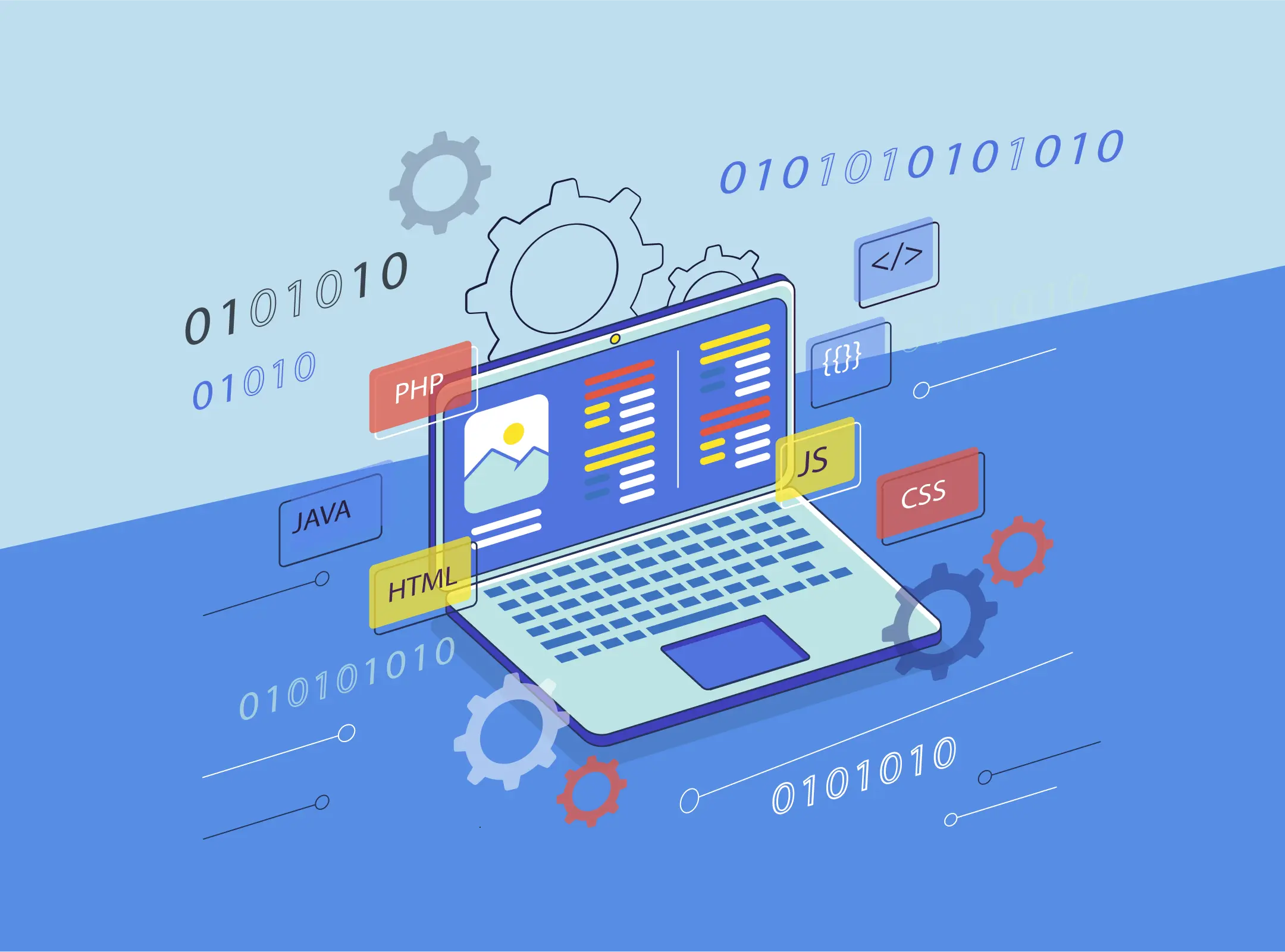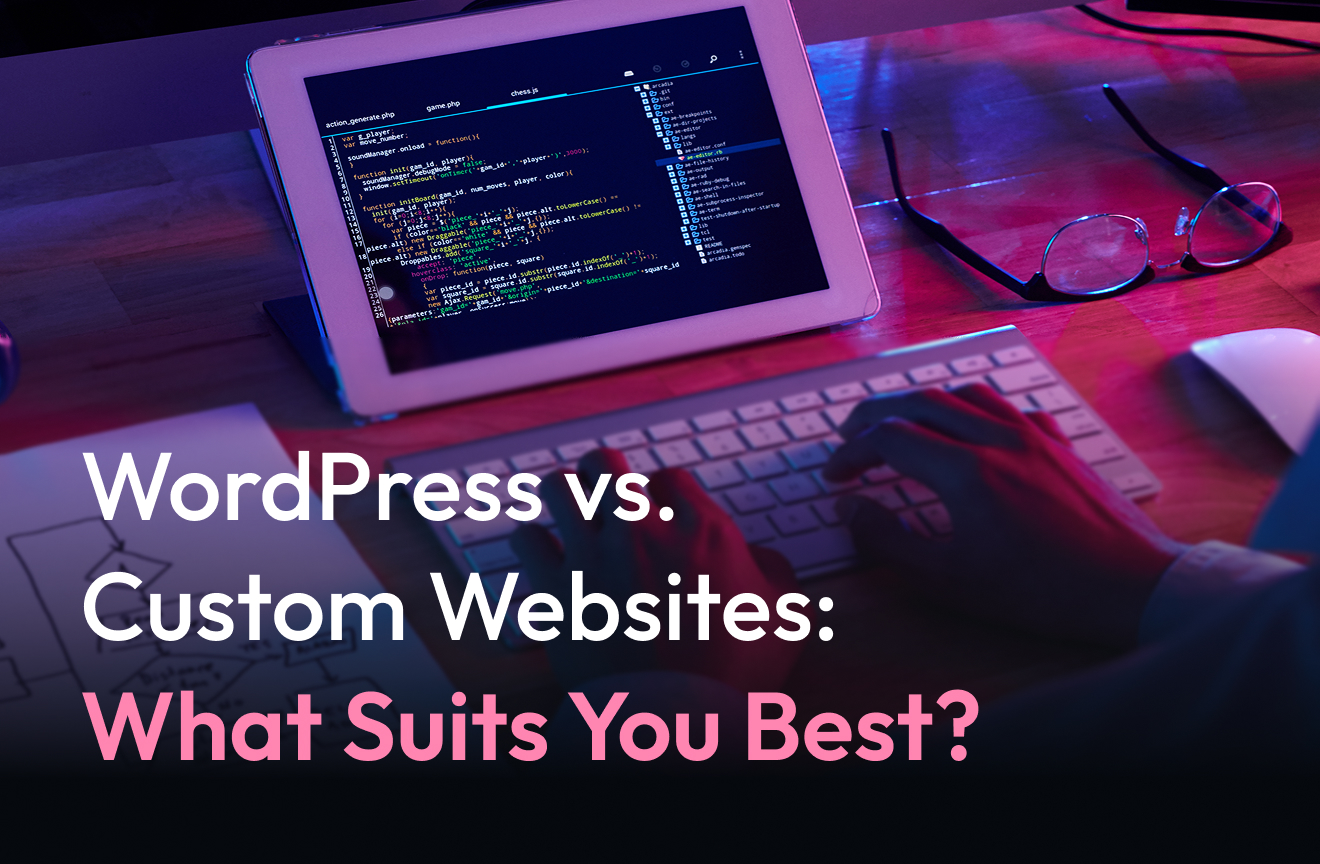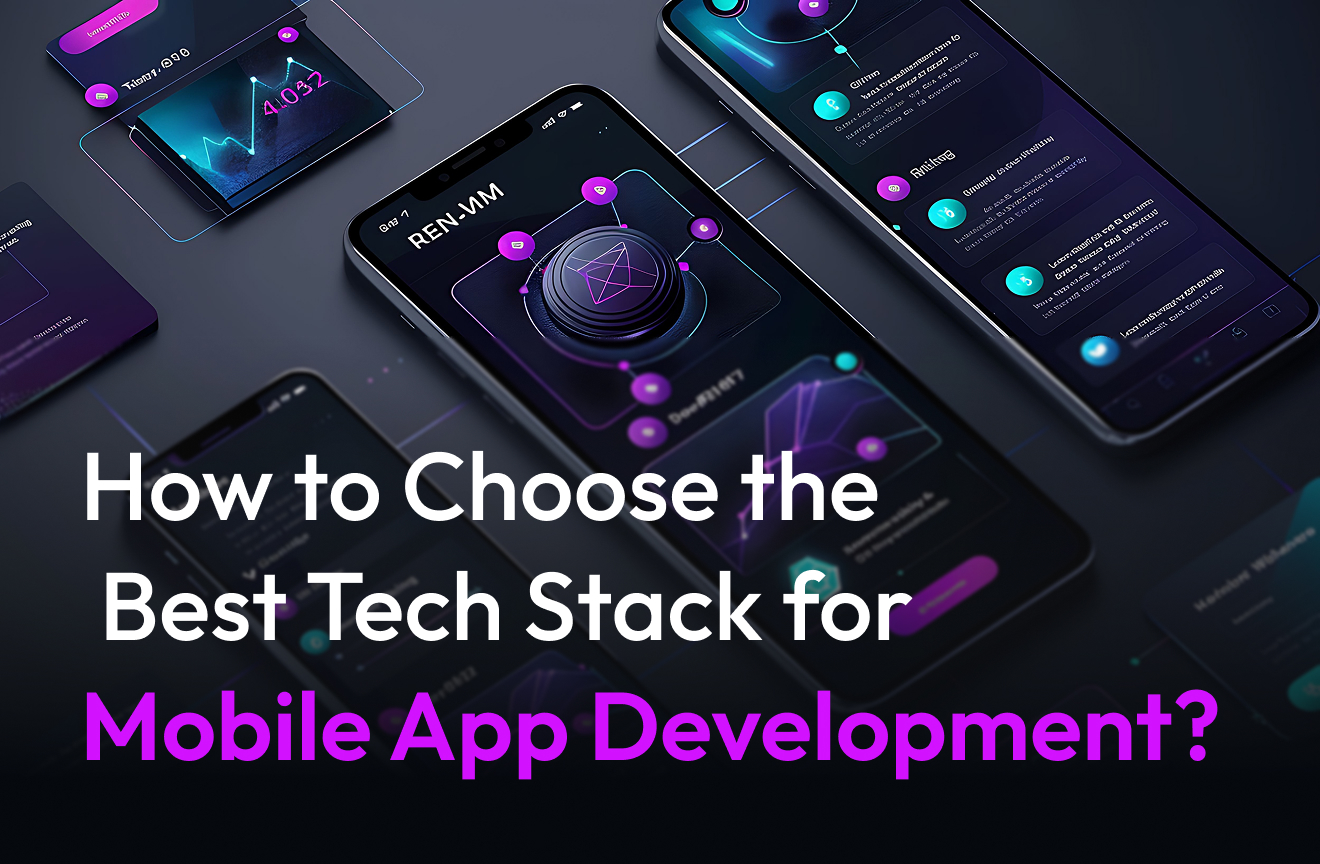In today’s digital era, having a captivating online presence is crucial for businesses of all sizes. Whether you’re a startup or a well-established company, the frontend framework you choose for your web development plays a pivotal role in determining your website’s user experience and overall success. With technology evolving rapidly, staying updated on the best frontend frameworks for web development available in 2024 that can elevate your endeavors is essential.
Frontend web development involves creating the user interface and experience that visitors interact with when they land on a website. It encompasses everything from layout and design to navigation and functionality, making it a pivotal aspect of any successful online venture. In India, where the IT industry is booming, web development companies are at the forefront of innovation, leveraging cutting-edge technologies and best practices to deliver stunning and user-friendly websites.
What is Frontend Frameworks?
Frontend frameworks are sets of pre-written code libraries, tools, and conventions that streamline the process of building the user interface (UI) and user experience (UX) of a website or web application. Essentially, they provide front-end web developers with a structured approach to designing and developing the client side of a web project.
These frameworks typically include components such as reusable UI elements, layout grids, styling options, and JavaScript functionalities. By using a frontend framework, developers can save time and effort by leveraging pre-built components and established best practices, rather than starting from scratch with every project.
Best Frontend Frameworks for Web Development
Staying abreast of the latest frameworks is essential in the rapidly evolving front-end development landscape. Let’s explore the top picks for frontend frameworks in 2024:

React
React continues to reign supreme as one of the most popular frontend frameworks, beloved for its component-based architecture and virtual DOM rendering. Developed by Facebook, React enables developers to easily build dynamic user interfaces. Its declarative syntax and efficient data binding make it a favorite among developers for building single-page applications (SPAs) and interactive UI components.
Angular
Angular, maintained by Google, remains a stalwart in the world of front-end development. With its comprehensive ecosystem and robust features, Angular is well-suited for building large-scale, enterprise-grade applications. Angular’s two-way data binding and dependency injection make it a powerful tool for creating complex, data-driven interfaces.
Vue.js
In recent years, Vue.js has emerged as a formidable competitor to React and Angular. Known for its simplicity and versatility, Vue.js offers a gentle learning curve, making it ideal for both beginners and seasoned developers. With its reactive data binding and modular architecture, Vue.js empowers developers to create sophisticated web applications with minimal overhead.
Ember.js
Ember.js has long been favored by developers for its convention-over-configuration philosophy and robust feature set. Designed for ambitious web applications, Ember.js provides a structured framework that excels in handling complexity. With its powerful routing system and built-in testing tools, Ember.js empowers developers to build scalable and maintainable applications with confidence.
Svelte
While relatively new compared to its counterparts, Svelte has been gaining traction rapidly due to its innovative approach to front-end development. Svelte transfers the laborious work to compile time, as opposed to conventional frameworks that depend on virtual DOM, which leads to reduced bundle sizes and quicker runtime performance. With its intuitive syntax and built-in state management, Svelte offers a refreshing alternative for developers seeking optimal performance without sacrificing developer experience.
jQuery
jQuery revolutionized frontend development with its concise syntax and powerful manipulation of HTML and CSS. While its popularity has waned in recent years with the rise of modern frameworks, jQuery remains a valuable tool for simplifying DOM manipulation and event handling, especially for projects targeting older browsers or requiring rapid prototyping.
Backbone.js
Backbone.js pioneered the concept of MVP (Model-View-Presenter) architecture in frontend development. Although its usage has declined with the emergence of more feature-rich frameworks, Backbone.js still holds relevance for projects requiring lightweight structure and minimal overhead. Its modular design and RESTful API integration make it suitable for building small to medium-sized applications.
Semantic-UI
Semantic UI offers a sleek and intuitive approach to building responsive user interfaces. With its semantic and human-friendly naming conventions, Semantic UI simplifies the process of designing and styling websites. It provides a comprehensive set of UI components and themes, allowing developers to create visually appealing and user-friendly interfaces with ease.
Benefits of Frontend Frameworks For Web Developers
These are some of the main factors why front-end frameworks are so important for modern web development.
Efficiency:
Frontend frameworks improve the development process and save time and effort by offering pre-made components and templates.
Consistency:
Frameworks enforce consistency in design and code, ensuring a cohesive user experience across the entire application.
Scalability:
With modular architecture, frameworks facilitate scalability, allowing developers to easily extend and maintain their projects as they grow.
Performance:
Many frameworks optimize performance by implementing best practices such as code splitting, lazy loading, and caching.
Maintainability:
The organized structure of frameworks makes code easier to maintain and update, reducing technical debt over time.
Community Support:
Popular frameworks often have large communities, providing ample resources, tutorials, and third-party tools to enhance development.
Cross-Platform Compatibility:
Many frameworks support building applications that work seamlessly across different devices and platforms.
Security:
Established frameworks often come with built-in security features and are regularly updated to address vulnerabilities, ensuring more secure applications.
Development Speed:
Pre-built functions and a variety of plugins help accelerate development, enabling quicker delivery of projects.
Rich Ecosystem:
A robust ecosystem of plugins, extensions, and integrations allows developers to extend functionality easily without reinventing the wheel.
Choosing The Best Frontend Frameworks
Selecting the right frontend framework for your project involves several key considerations:
1. Project Requirements
Understanding the specific needs of your project is crucial. For instance, if you are building a complex, data-driven application, a robust framework like Angular or Ember.js may be more suitable. On the other hand, for a lightweight, fast-loading site, Svelte or Vue.js might be the better choice.
2. Learning Curve
Consider the expertise of your development team. Frameworks like Vue.js and React offer a gentler learning curve and are more accessible to beginners. In contrast, Angular and Ember.js may require more advanced knowledge and experience.
3. Community and Support
A framework with a large, active community can be invaluable. It ensures that you have access to a wealth of resources, tutorials, and third-party tools. React and Angular, for instance, have extensive communities and robust ecosystems.
4. Performance
Evaluate the performance implications of each framework. Svelte, with its compile-time approach, offers exceptional performance. React’s virtual DOM also provides efficient updates, making it suitable for dynamic interfaces.
5. Scalability
If you anticipate your project growing in complexity and size, opt for a framework known for its scalability. Angular and Ember.js are designed to handle large-scale applications with ease.
6. Development Speed
Consider how quickly you need to bring your project to market. Frameworks like jQuery and Backbone.js, while older, can still offer rapid prototyping capabilities. Modern frameworks like Vue.js and React also provide fast development cycles due to their component-based architecture.
7. Integration and Ecosystem
Look at how well the framework integrates with other tools and libraries you plan to use. React, for example, integrates seamlessly with Redux for state management and a variety of other libraries, making it highly versatile.
Conclusion
In conclusion, selecting the right frontend framework is crucial for the success of your web development projects in 2024. Whether you choose React JS, Vue.js, Angular, Svelte, Next.js, Gatsby, Flutter Web, or any other framework, ensure it aligns with your project requirements and long-term goals. By staying updated on the latest trends and experimenting with different frameworks, you can elevate your web development endeavors and create captivating online experiences for your users. If you need expert assistance, consider hiring front-end developers in India to bring your vision to life.
Frequently Asked Questions (FAQ)
Which frontend framework is best for beginner developers?
For beginner developers, Reactjs is often recommended due to its gentle learning curve and intuitive syntax.
Are frontend frameworks necessary for web development?
While it’s possible to build websites without using frameworks, they greatly simplify the development process and offer numerous benefits in terms of efficiency, maintainability, and scalability.
How do I choose the right frontend framework for my project?
Consider factors such as project requirements, developer experience, community support, and performance benchmarks when selecting a front-end framework for your project.
Can I use multiple front-end frameworks in the same project?
While it’s technically possible to use multiple frameworks in a project, it’s generally not recommended due to potential conflicts and increased complexity. It’s best to choose one framework that best suits your project requirements and stick with it for consistency.
What are some common challenges associated with front-end development?
Common challenges in front-end development include cross-browser compatibility, performance optimization, security concerns, responsive design, and maintainability.

Stay Up to Date
Get our newsletter

Table of Contents
Toggle



